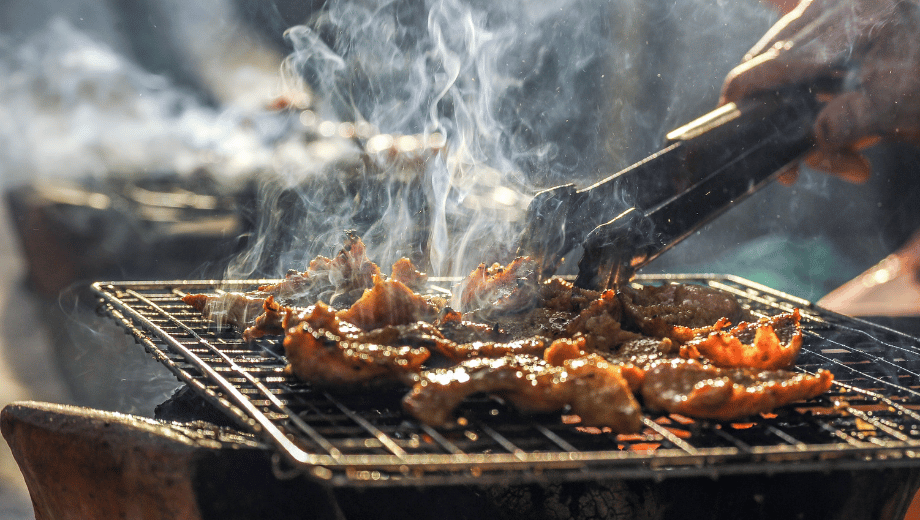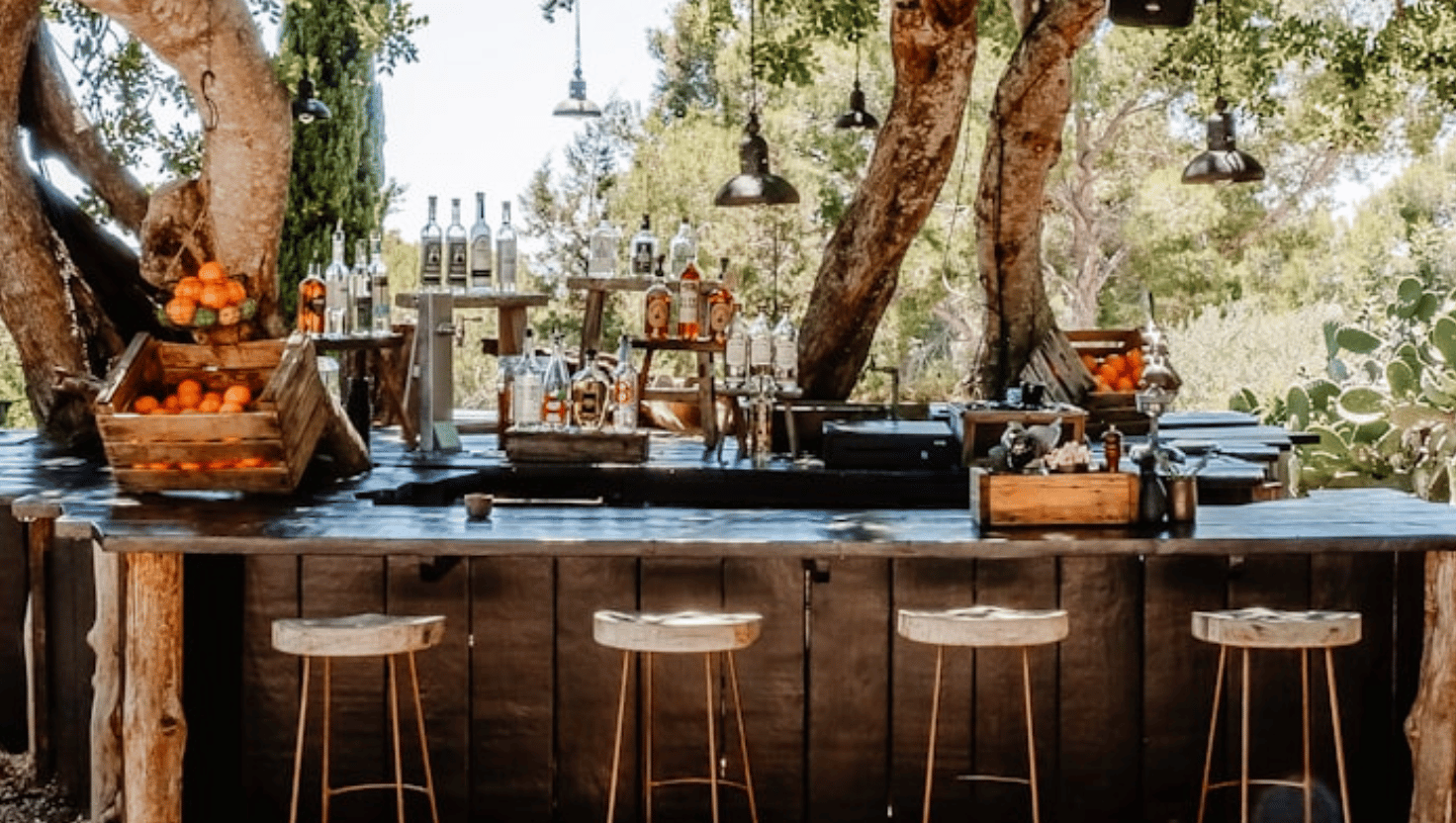Creating a well-equipped outdoor kitchen transforms your backyard into a culinary haven, but safety and cleanliness should always be part of the equation. Cooking outside brings its own set of challenges, from unpredictable weather and smoke buildup to hygiene concerns that are easier to manage in indoor environments. Fortunately, smart upgrades can dramatically improve your outdoor cooking experience without sacrificing style or performance.
Whether you’re just starting out with a modest grill station or you’re already running a full-blown open-air kitchen, incorporating the right features will ensure your setup stays functional, sanitary, and enjoyable for years to come.
Install Proper Ventilation for Smoke and Odor Control
When grilling or cooking in an enclosed or partially covered space, smoke and grease fumes can quickly become overwhelming, not just for the cook but for guests as well. Effective ventilation is crucial for improving air quality, reducing fire risks, and preserving nearby surfaces.
Homeowners often overlook range hoods for outdoor use, assuming they’re only necessary indoors. In reality, vent hoods built specifically for exterior kitchens are a game-changer. If your cooktop or grill is under a pergola, roof, or awning, proper ventilation becomes even more critical. To see available solutions tailored for this use, click here to explore outdoor range hoods. These units are designed to handle higher levels of smoke and grease, providing powerful extraction in open-air settings.
Choose Non-Porous, Weather-Resistant Surfaces
One of the biggest hygiene issues in outdoor kitchens comes from surface materials that trap dirt, bacteria, or moisture. Avoid using porous materials like untreated wood or low-quality stone for countertops and prep areas. These surfaces absorb spills and are difficult to sanitize.
Instead, opt for stainless steel, sealed granite, or specially treated concrete. These surfaces are easier to clean, won’t warp with temperature changes, and can withstand food prep wear and tear. They resist mildew and mold growth, which is important in humid climates or after rainy days.
To keep these areas clean, include a designated sink with access to running water and drainage. Portable sinks can work in smaller setups, while fully plumbed options are better for permanent installations.
Integrate Sealed Storage Cabinets
Outdoor kitchens that lack sufficient storage often become cluttered, making it hard to maintain a clean and safe environment. Many homeowners rely on plastic bins or temporary shelving, but these aren’t weatherproof and can attract pests.
Sealed, lockable cabinets made of stainless steel or powder-coated aluminum provide an organized and protected space for storing utensils, grilling tools, spices, and cleaning supplies. These materials are durable against the elements and deter rodents and insects. Weatherproof seals prevent moisture buildup, which can otherwise lead to rust or mold.
Organizing your storage by function, cleaning, prep, and cooking streamlines your workflow and minimizes the risk of cross-contamination between raw and cooked foods.
Add a Food-Safe Lighting System
Poor lighting is more than just inconvenient; it’s a potential hazard. Dim or uneven lighting increases the chances of cutting injuries, food mishandling, and trips or falls in the cooking zone. During evening gatherings, being able to clearly see what you’re prepping and cooking is crucial for safety and hygiene.
Install bright, focused task lighting over the grill and prep areas. LED lighting with a high color rendering index (CRI) allows you to see the true color of foods, which helps you avoid undercooking meats or overcooking vegetables. Waterproof and shatterproof light fixtures are ideal for withstanding the outdoor environment.
Motion-sensor or smart-controlled lights are great for energy efficiency and can be integrated into your outdoor lighting system for seamless ambiance.
Incorporate a Fire-Safe Layout and Materials
The thrill of an open flame comes with real fire risks if your kitchen layout doesn’t prioritize safety. All hot appliances, grills, smokers, and pizza ovens should be installed with proper clearances away from combustible materials like wooden railings or deck structures.
Always use flame-retardant or heat-resistant materials near cooking appliances. This includes fire bricks, stainless steel siding, or tile backdrops behind grills. If your space includes a roof, ensure there’s adequate clearance above any flames or burners and use spark guards where appropriate.
You should keep a fire extinguisher rated for grease fires within arm’s reach, along with a fire blanket and basic first aid supplies. Consider creating a small fire-safety station in one of your storage cabinets so everything is centralized and easy to access.

Include Easy-Clean Flooring Options
Flooring often goes unnoticed in outdoor kitchen designs, but it plays a vital role in cleanliness and accident prevention. Greasy spills, water splashes, and food debris can make standard patio materials slippery or hard to sanitize.
Avoid wood planks or natural stone with deep grooves, as these can trap bacteria and require heavy maintenance. Instead, opt for slip-resistant tiles, textured concrete, or rubberized decking tiles that allow for drainage. These surfaces are easier to clean and offer better grip underfoot, reducing the risk of falls if you’re cooking barefoot or in sandals.
Upgrading your outdoor kitchen isn’t just about aesthetics or convenience; it’s a strategic investment in safety and hygiene. From better ventilation to smart lighting and sealed storage, every element plays a role in making your cooking space more enjoyable and functional.
When you make these adjustments thoughtfully, you’ll not only cook more confidently, but you’ll extend the lifespan of your equipment and make hosting guests that much easier. Whether you’re grilling once a week or running the equivalent of an outdoor restaurant during summer, these upgrades help you do it smarter, cleaner, and safer.




